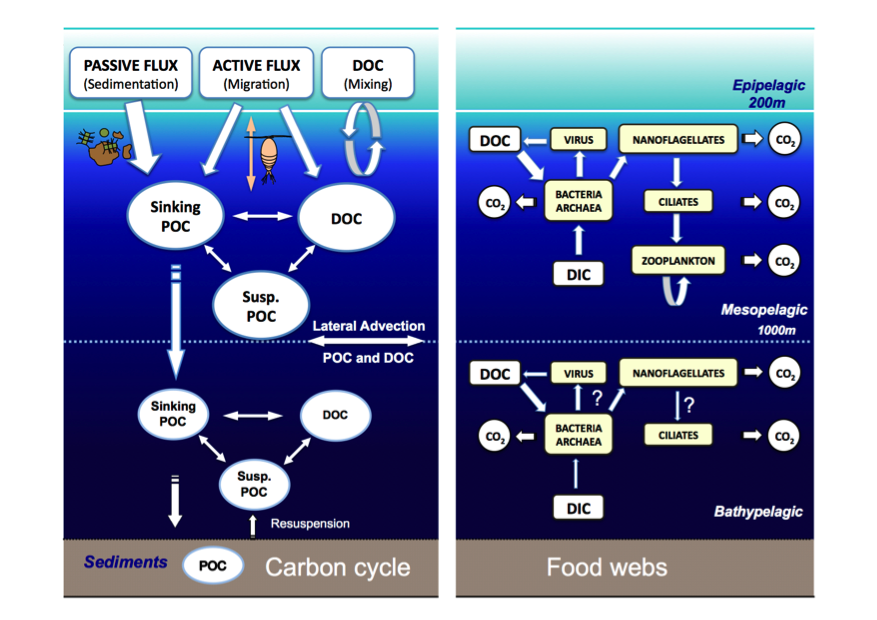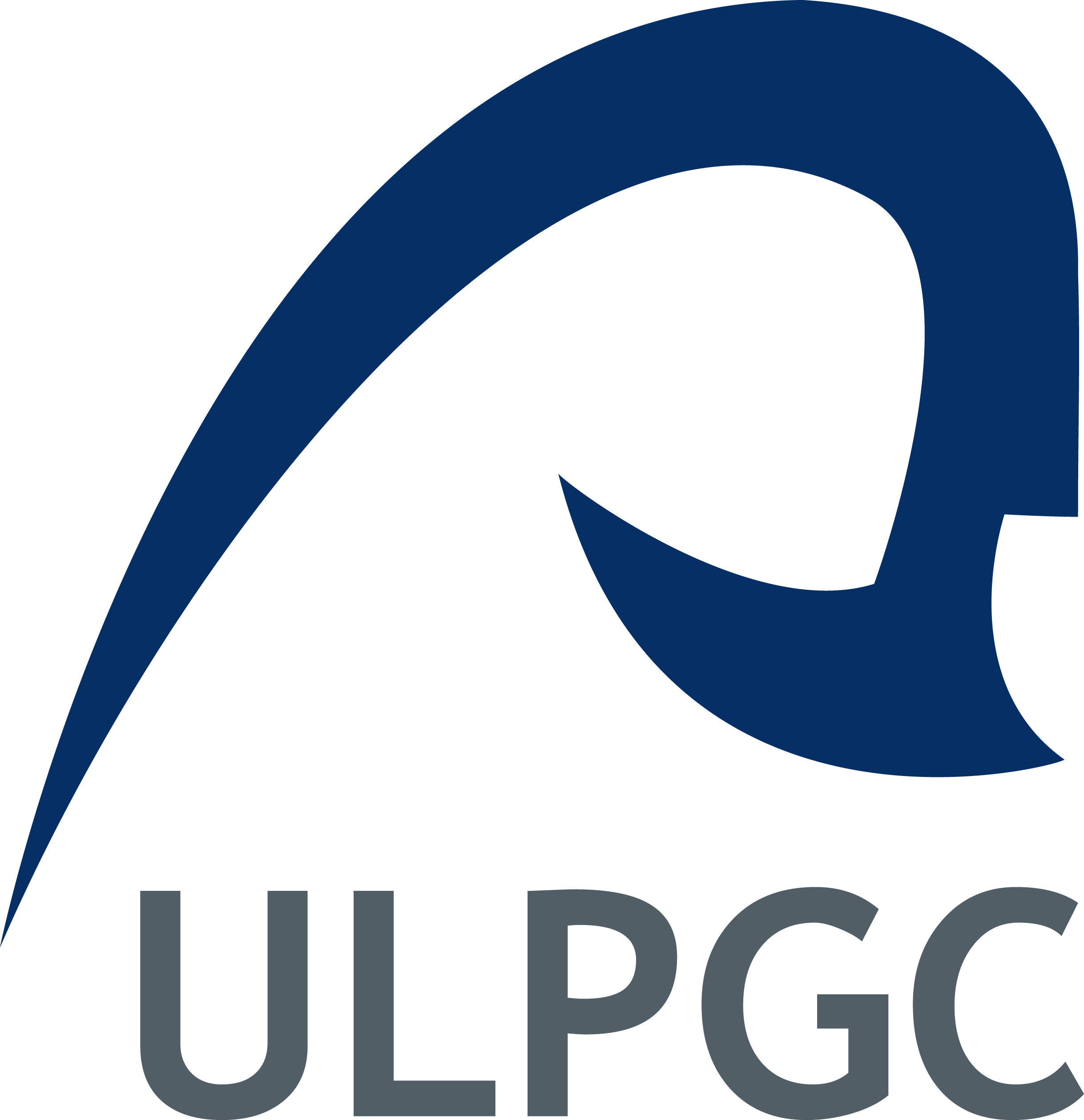Ph.D. Program in Oceanography and Global Change at the Canary Islands, Spain
A large fraction of the organic carbon exported from the surface to the deep ocean is respired by microbial communities in the mesopelagic zone (200-1000 m depth). However, the seasonal and regional variability of this carbon consumption, and hence of the excess (non respired) carbon that is susceptible of being transported deeper in ocean, is largely ignored. One of the main reasons of the poor constrain of mesopelagic carbon remineralization in ocean carbon budgets is the discrepancy between ecological and biogeochemical rate estimates, constituting one of the major challenges in order to address the potential role of the deep ocean in sequestering carbon at centennial scales. Particularly important and necessary is reconciling ecological (microbial carbon demand) and biogeochemical (oxygen utilization rates) flux estimates in Eastern Boundary Upwelling Ecosystems, like the Canary Current, where lateral fluxes are intense and complex. These ecosystems are considered hotspots of productivity, biodiversity and biogeochemical transformations. They comprise <2% of the oceans, but contribute nearly 7% of the global marine productivity, presenting large coastal-open ocean gradients in dissolved and particulate organic matter stocks and fluxes.
One of my research interests is to quantify respiration in the ocean, combining ecological, enzymatic and biogeochemical approaches. Particularly I am interested in addressing the contribution of non-sinking particulate and dissolved carbon in remineralization rates in the dark ocean, looking at the nexus between microbial community structure, function and organic matter dynamics.




